The Benefits of Companion Robots for Decreasing Loneliness in Older Adults
Loneliness and social isolation have become pressing issues for older adults in recent years. As the population ages, more seniors find themselves struggling to maintain meaningful connections with friends and family. Enter companion robots
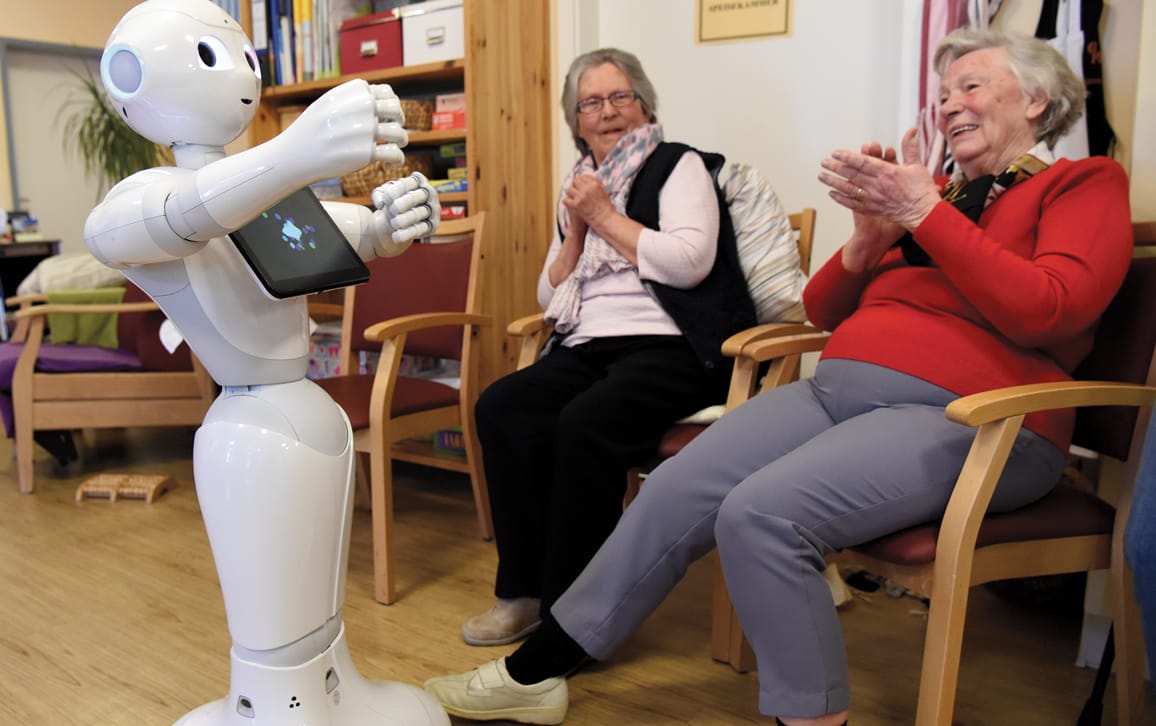
Loneliness and social isolation have become pressing issues for older adults in recent years. As the population ages, more seniors find themselves struggling to maintain meaningful connections with friends and family. Enter companion robots: an innovative solution designed to help alleviate senior loneliness by providing companionship, cognitive engagement, and emotional support. But can robotic companions truly offer the warmth and connection that human relationships provide? Let’s dive into the world of companion robots and explore their potential benefits, ethical concerns, and strategies that complement their use.
Short Summary
- The demand for companion robots is increasing as older adults experience higher levels of loneliness and social isolation.
- Technology can help reduce loneliness in seniors by providing them with digital resources, innovative solutions, companionship & emotional support.
- Combining strategies such as promoting hobbies, family/community support & collaborating with healthcare providers can create a comprehensive approach to reducing loneliness in older adults.
The Rise of Companion Robots for Older Adults
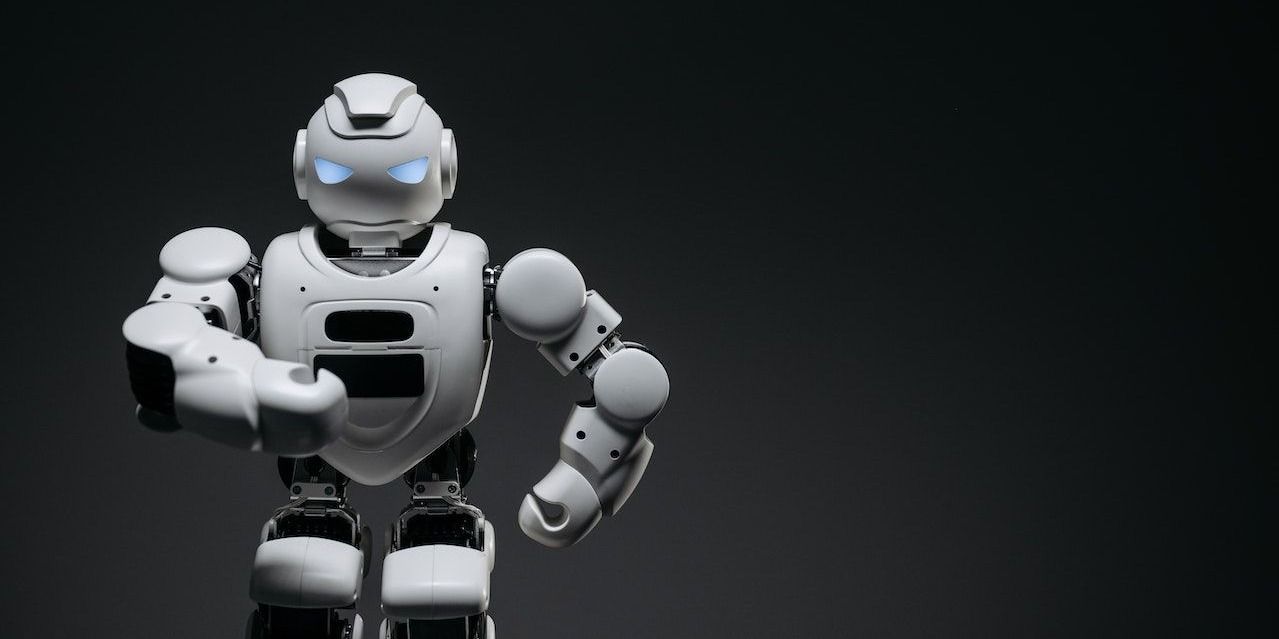
The growing issue of loneliness and social isolation among older adults has led to the development of social companion robots. These robots are designed to interact conversationally, offering companionship and assistance to seniors in need. As the number of older adults experiencing loneliness continues to rise, the demand for innovative solutions like companion robots has increased.
Researchers and developers have been working tirelessly to create robots that can address loneliness and improve the quality of life for seniors. One such innovative approach is Happier AgingTM by Nurse Next Door, which focuses on promoting social connectedness and fostering positive relationships, ultimately addressing both social isolation and loneliness in older adults.
Technology plays a crucial role in combating loneliness by providing older adults with tools to stay connected with loved ones, engage in hobbies, and access emotional support. The rise of companion robots is a testament to the power of technology in addressing these pressing public health risks affecting our aging population.
Types of Companion Robots
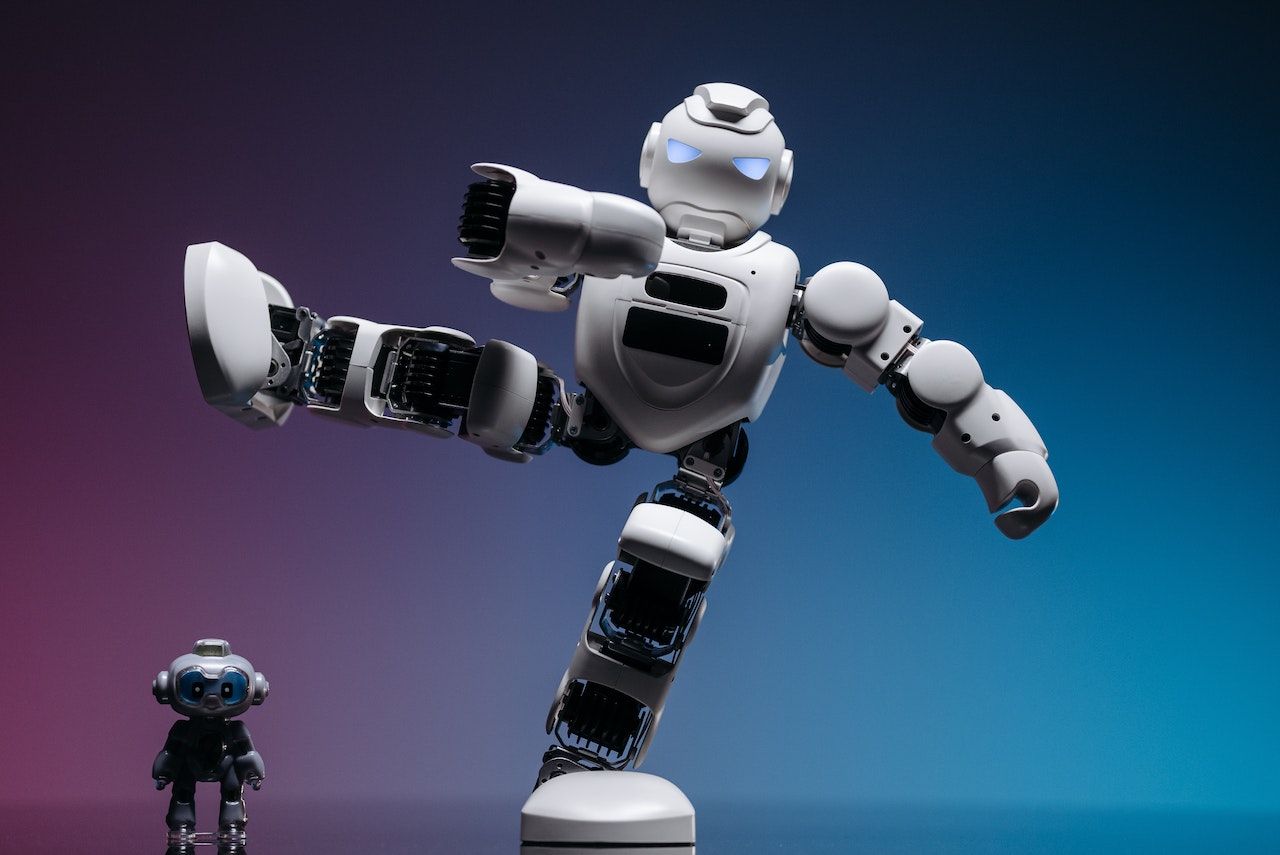
Companion robots come in various forms to cater to the diverse needs and preferences of older adults. Humanoid robots like Pepper are designed to recognize human emotions and respond accordingly, promoting social integration for older adults. Pepper can make eye contact, dance, tell jokes, and even show you around an exhibition hall, helping to reduce loneliness and the risk of premature death in seniors.
Another example is Buddy, a personal assistant robot that can safeguard your home, help you in the kitchen, and even entertain your children. Therapeutic robots like PARO are specifically designed to help older adults with chronic illness, providing companionship and support to those in need.
These diverse companion robots offer a range of benefits to older adults, from providing social interaction and emotional support to assisting with daily tasks and even offering therapeutic care for those with chronic health issues.
The Role of Technology in Combating Loneliness
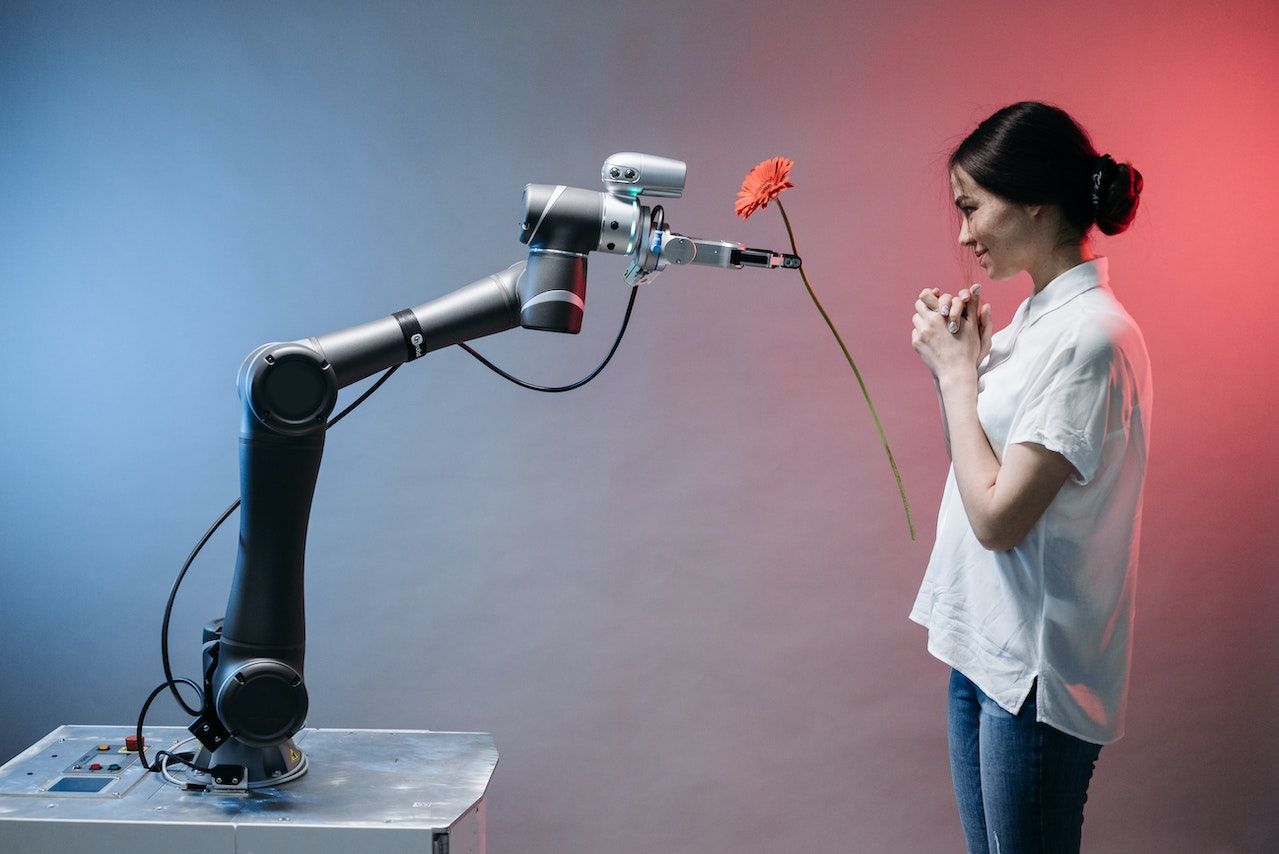
Technology plays a significant role in helping older adults combat loneliness and maintain social connections. Through the use of devices like smartphones, tablets, and companion robots, seniors can stay in touch with loved ones, access social networks, and receive emotional support.
Furthermore, there are tools being designed specifically for older adults to help them with digital connection, ensuring that they can reap the benefits of technology in maintaining social connections and improving their mental well-being.
As technology continues to advance, we can expect even more innovative solutions to address the challenges of loneliness and social isolation among our aging population.
Health Risks Associated with Social Isolation and Loneliness

Social isolation and loneliness are more than just unpleasant feelings; they can lead to serious public health risks for older adults. Studies have shown that socially isolated individuals are at an increased risk of high blood pressure, obesity, cognitive decline, and even higher mortality rates.
It is important to differentiate between social isolation and loneliness, as they are related but distinct concepts. Social isolation refers to having few social relationships and limited social contact, while loneliness is a feeling of not being connected to others and wanting deeper relationships. Both social isolation and loneliness can contribute to the health risks mentioned earlier, highlighting the importance of addressing these issues in older adults. To address social isolation effectively, it is crucial to understand and target the specific factors that contribute to this issue in the lives of older individuals.
Factors such as retiring from work, losing friends or family members, and having trouble moving around can contribute to an older person feeling isolated or lonely. As the number of socially isolated seniors continues to rise, it is crucial for families, communities, and healthcare providers to recognize the health risks associated with social isolation and loneliness and take action to mitigate these challenges.
The Impact of Companion Robots on Mental and Physical Health
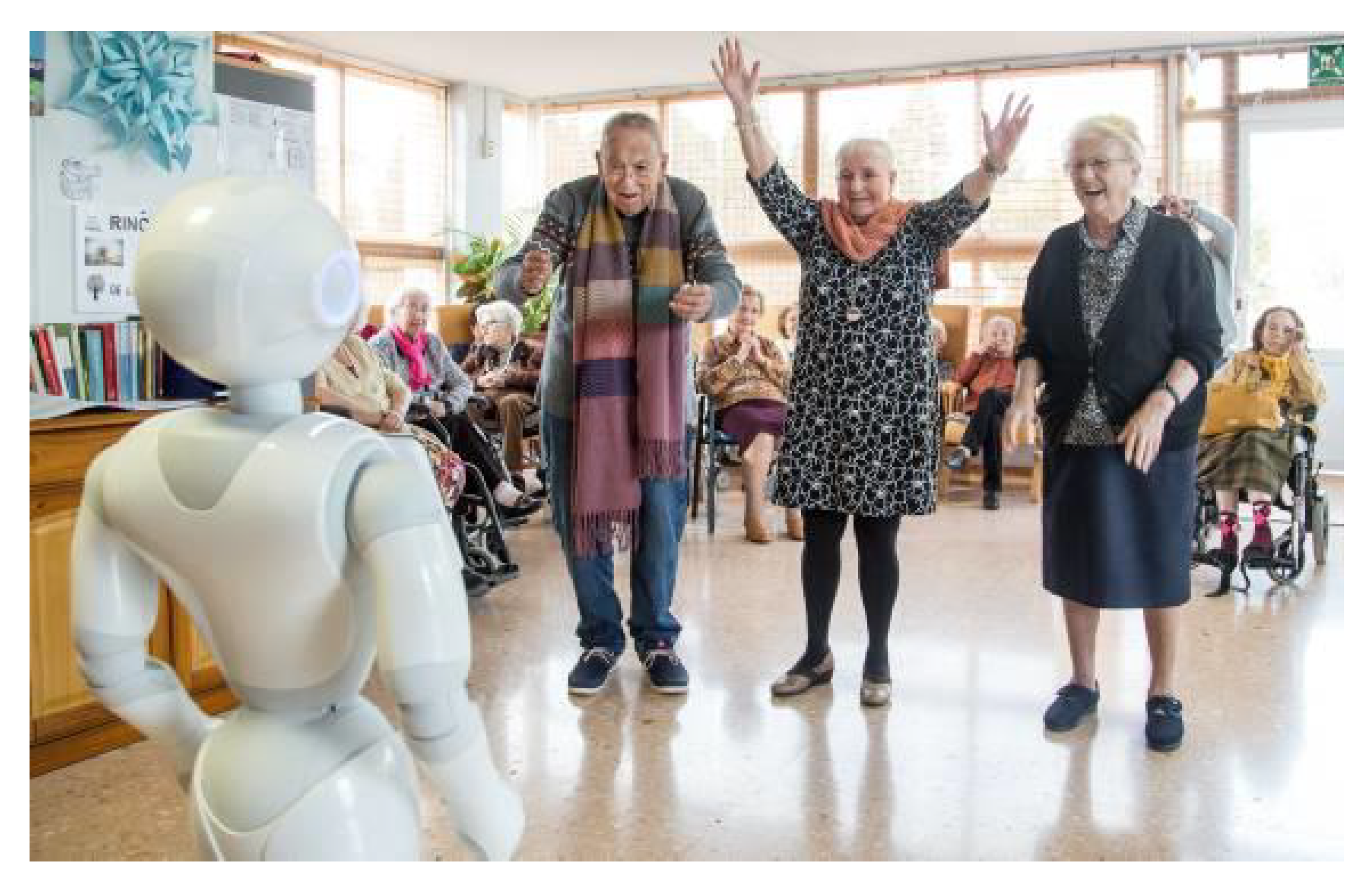
Companion robots can have a positive impact on the mental and physical health of older adults by providing social interaction, reducing stress, and promoting a sense of purpose and well-being. These robots engage in conversations, offer companionship, and provide emotional support, helping seniors feel connected and valued.
Stress reduction is another significant benefit of companion robots. By providing a sense of security, offering distraction from negative thoughts, and giving a sense of purpose, these robots can help alleviate stress and improve the overall quality of life for seniors.
Moreover, companion robots can assist in providing regular check-ins and non-medical care, reducing the cost of care and boosting patient satisfaction. As the population continues to age, the importance of addressing mental and physical health challenges through innovative solutions like companion robots will only grow.
Ethical Considerations and Challenges

While companion robots offer numerous benefits, they also raise several ethical considerations and challenges. Privacy concerns arise as some participants worry that user-centered design might not be given enough attention, and policies may not be in place to safeguard the rights and interests of older adult users when it comes to privacy.
Another concern is the potential loss of human interaction in elder care. While companion robots can provide valuable social interaction and support, it is crucial not to rely solely on them and risk reducing the human contact that is essential for emotional well-being.
Lastly, there is a sense of unease surrounding the use of companion robots with dementia patients. Some argue that these robots might deceive and confuse those living with dementia about the source of the voice, depriving them of meaningful conversation and potentially leading to depersonalization.
Addressing these ethical concerns is vital for the responsible development and implementation of companion robots in elder care.
Strategies to Complement Companion Robots

While companion robots can play a significant role in alleviating loneliness among older adults, it is important to recognize that they should not be the sole solution. Additional strategies must be employed to ensure that seniors maintain social connections and improve their mental well-being. These strategies include promoting hobbies and social activities, fostering family and community support, and collaborating with healthcare providers.
By implementing a combination of these strategies, we can create a comprehensive approach to addressing loneliness and social isolation in older adults. Companion robots, when used in conjunction with other supportive measures, can help improve the overall quality of life and well-being for seniors.
Encouraging Hobbies and Social Activities

One effective way to address loneliness and social isolation is to encourage older adults to engage in hobbies and social activities. Participating in activities such as reading, writing, singing, listening to music, knitting, exercise, meditation, yoga, group activities, and volunteering can help maintain social connections and improve mental well-being.
In addition to providing social interaction, hobbies and activities can also offer a sense of purpose and accomplishment, further contributing to an improved sense of well-being. By promoting hobbies and social activities, older adults can stay engaged and connected, reducing the need to rely solely on companion robots for social interaction.
Moreover, community centers and senior centers often provide programs that help older adults stay physically active, make new friends, and access services that can improve their lives. Encouraging seniors to participate in these programs can be an effective way to alleviate loneliness and maintain social connections.
Fostering Family and Community Support

Family and community support are essential for older adults’ mental and physical well-being. They provide social contact, emotional support, and access to local resources, which can greatly improve the quality of life for seniors. To foster family and community support, it is important for family members, friends, caregivers, and doctors to be aware of any signs that an older person is feeling lonely or low, and help them stay connected with others. By showing empathy, raising awareness, and putting effective strategies in place, the community can help address senior loneliness and contribute to the well-being of older adults.
In addition, family and community support can complement the use of companion robots, ensuring that older adults receive the optimal balance of human interaction and technological assistance, ultimately addressing loneliness and social isolation more effectively.
Collaborating with HealthCare Providers

Working together with healthcare providers can help older adults and their caregivers access services and interventions that can improve social connectedness and overall well-being. This collaboration can provide guidance and access to resources that help seniors maintain their social connections, enhancing their overall quality of life.
Within the health care system, providers can play a crucial role in identifying older adults who may be at risk of loneliness and social isolation, providing targeted support and interventions to help them stay connected and engaged with their communities.
By collaborating with healthcare providers, older adults and their caregivers can ensure that they receive the necessary support and resources to address loneliness and social isolation, complementing the use of companion robots and other strategies.
The Future of Companion Robots in Elder Care
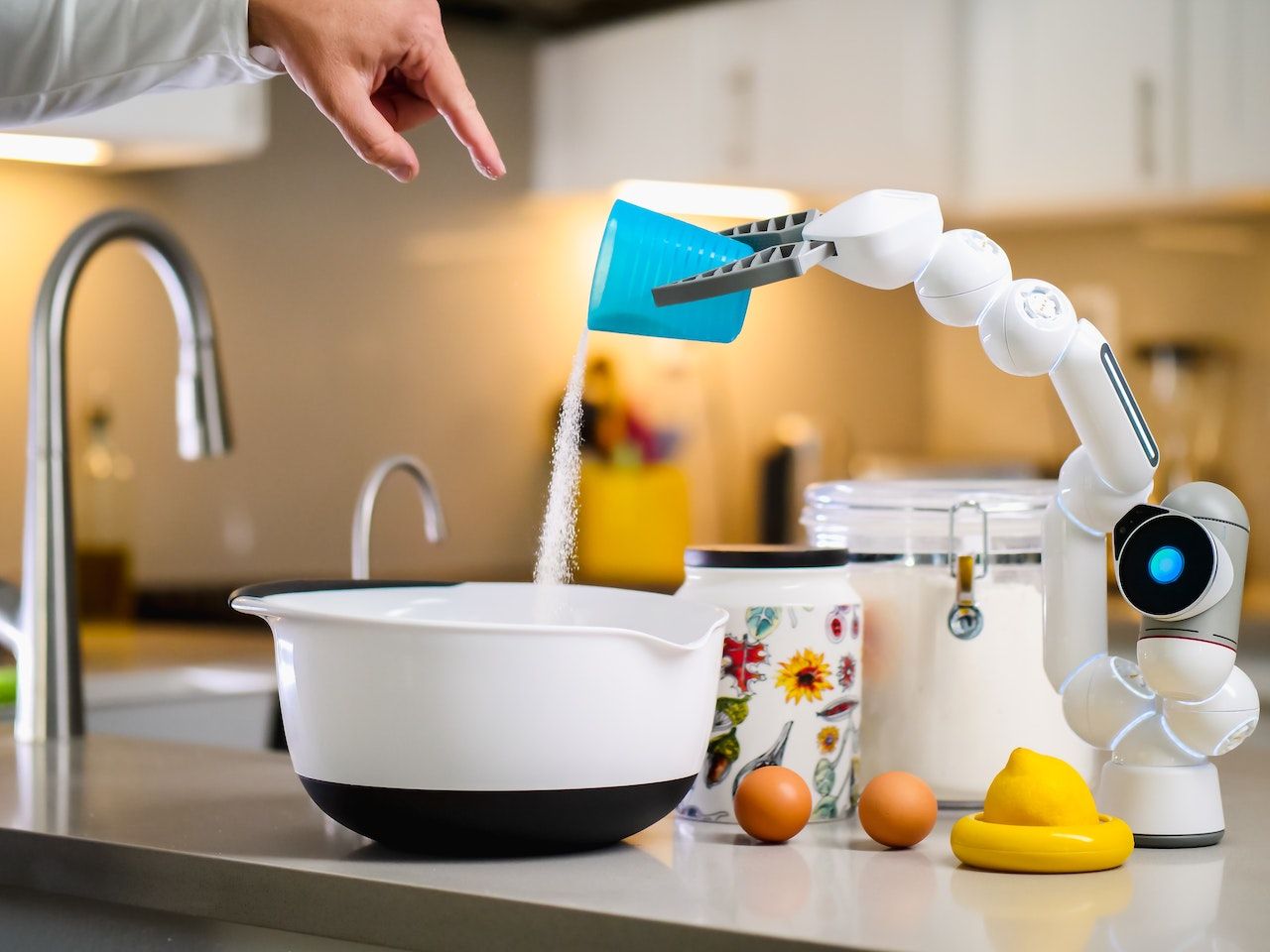
The future of companion robots in elder care is promising, with more advanced and human-like robots being developed to cater to the diverse needs of older adults. As technology progresses and becomes more accessible, we can expect to see a growing integration of artificial intelligence and robotics in elder care, helping improve the quality of life and independence for seniors.
Companion robots have the potential to become an integral part of care and support systems for older adults, offering companionship, cognitive engagement, and emotional support. By addressing ethical concerns and working in conjunction with other strategies, companion robots can play a critical role in alleviating loneliness and improving the well-being of our aging population.
Summary
In conclusion, companion robots offer a unique and innovative solution to address the pressing issue of loneliness and social isolation among older adults. While they can provide valuable social interaction and support, it is crucial to consider ethical concerns and implement complementary strategies such as encouraging hobbies, fostering family support, and collaborating with healthcare providers. As technology advances and more human-like robots are developed, the potential of companion robots in elder care will continue to grow, ultimately contributing to an improved quality of life and well-being for seniors in need of connection and support.
Frequently Asked Questions
What do companion robots do?
Companion robots are AI-powered devices designed to offer social interaction and assistance, mostly for elderly adults who may be living alone or in isolated environments. Through conversation and companionship, these robots can provide comfort, support, and a sense of connection that’s often missing from people living in isolation.
Jackson (2019), Portacolone et al. (2020), Berridge et al. (2021), and Coghlan et al. (Feb 21, 2023) have conducted research on the potential benefits of companion robots for elderly adults. Their findings suggest that these robots can provide a sense of companionship and connection that can help reduce feelings of loneliness and isolation.
What are two examples of companion robots?
Two examples of companion robots are Paro and CompanionAble. Both of these robots provide emotional companionship and can be used to alleviate symptoms of loneliness or depression.
How much does a AI companion cost?
Bringing AI into the home for your pet can be a reality with companion. For just $49 per month, the robot can act as a canine babysitter - keeping your pup entertained and comfortable while you are away.
It can provide companionship, play games, and even dispense treats. It’s the perfect solution for busy pet owners who want to make sure their furry friends are safe.
What is the companion robot used for?
Companion robots are used for a variety of purposes, including providing cognitive and social support, mobility support, relaxation, health monitoring, and self-care assistance. They can also help to stimulate cognitive engagement and provide interactions free from human responses.
What are some types of companion robots for older adults?
Older adults have access to a range of companion robots that can help them stay active and engaged. These include humanoid robots like Pepper, personal assistants like Buddy, and therapeutic robots like PARO that provide comfort and companionship.
These robots can help older adults stay connected with family and friends, as well as providing them with a sense of purpose and companionship. They can also help reduce feelings of loneliness.



